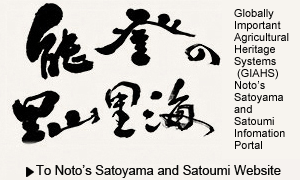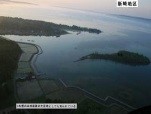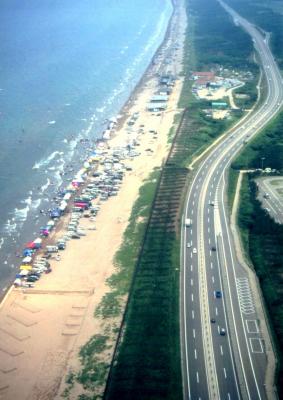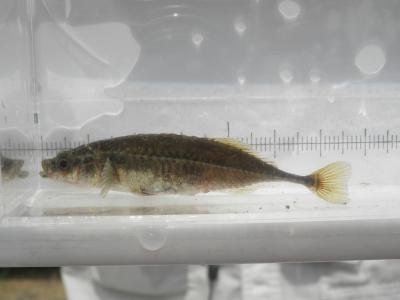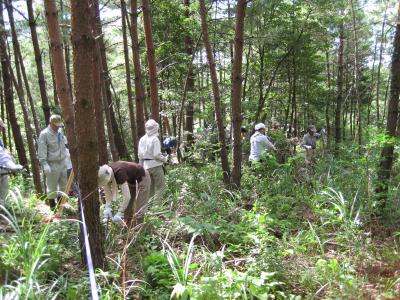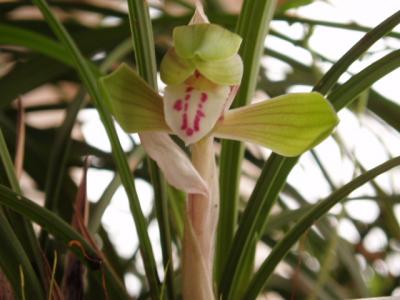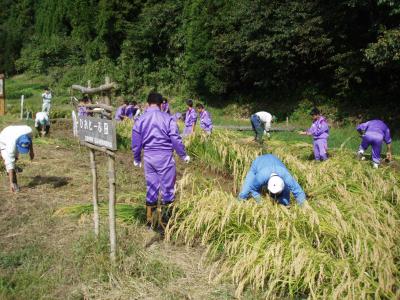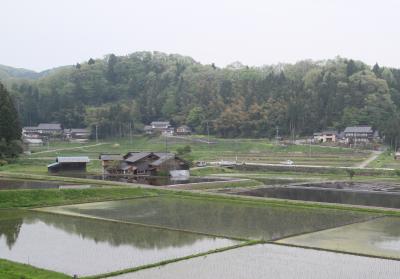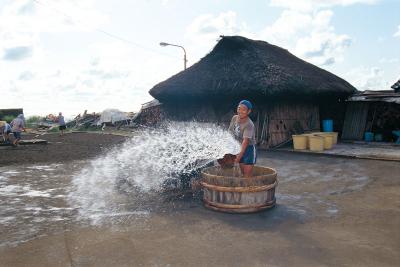
Name
Satoumi Landscapes
Category
Natural landscape
Class
Rural landscape
Comment
Most of the Satoyama areas of the Noto Peninsula consist of hilly mountains with an altitude of less than 300m. Winters are cold and snowy; one can see scenery of houses with steep thatched roofs and snow fences in villages of mountainous areas. With agriculture and forestry as the main industries, the land has been used for small reservoirs, groves, rice paddies and villages. The Satoyama landscape is created by a combination of these elements. Family properties in Satoyama generally consist of a house, a barn, and a storehouse with thick earthen walls. In the house, there is a work space. In 2011, “Shunran-no-sato” was designated as an important site for the creation of landscape, based on Ishikawa General Ordinance Concerning Preservation of Townscapes, because of its rice paddies and traditional houses with white earthen walls and black roof tiles.
As for Satoumi, Noto has a long coastline and variety in its geographical features and climate. The Noto Peninsula has two areas divided at Rokugo-zaki Cape, the tip of the peninsula: Sotoura, the outer, windy coastal area in the west, and Uchiura, the inner coastal area facing Toyama Bay in the east. In outer coastal area, the waves are rough and there are many cliffs along the coastline. “Shirayone Senmaida”, terraced rice paddies, Agehama-style salt fields and magaki fences are parts of a landscape created by the wisdom of local residents trying to live as best they could in the harsh natural environment.
Most of houses have black roof tiles and wooden exterior walls, which create a feeling of uniformity. Since the sea is calm in the Uchiura area, it is good for fishing, and one can see fixed shore net fishing, oyster racks and Boramachi-Yagura fishing decks.
Pursuant to Ishikawa General Ordinance Concerning the Preservation of Beautiful Landscapes, “Northern-Noto Satoumi Hioki” was designated as a representative Satoumi landscape of Noto in 2013. In addition, farming and fishing villages on the coastline were designated as special areas in 2014, in accordance with the Ishikawa General Plan Concerning the Preservation of Natural Landscapes and Ishikawa Natural Landscape Preservation Plan.
As for Satoumi, Noto has a long coastline and variety in its geographical features and climate. The Noto Peninsula has two areas divided at Rokugo-zaki Cape, the tip of the peninsula: Sotoura, the outer, windy coastal area in the west, and Uchiura, the inner coastal area facing Toyama Bay in the east. In outer coastal area, the waves are rough and there are many cliffs along the coastline. “Shirayone Senmaida”, terraced rice paddies, Agehama-style salt fields and magaki fences are parts of a landscape created by the wisdom of local residents trying to live as best they could in the harsh natural environment.
Most of houses have black roof tiles and wooden exterior walls, which create a feeling of uniformity. Since the sea is calm in the Uchiura area, it is good for fishing, and one can see fixed shore net fishing, oyster racks and Boramachi-Yagura fishing decks.
Pursuant to Ishikawa General Ordinance Concerning the Preservation of Beautiful Landscapes, “Northern-Noto Satoumi Hioki” was designated as a representative Satoumi landscape of Noto in 2013. In addition, farming and fishing villages on the coastline were designated as special areas in 2014, in accordance with the Ishikawa General Plan Concerning the Preservation of Natural Landscapes and Ishikawa Natural Landscape Preservation Plan.
Views
Access number:6698

